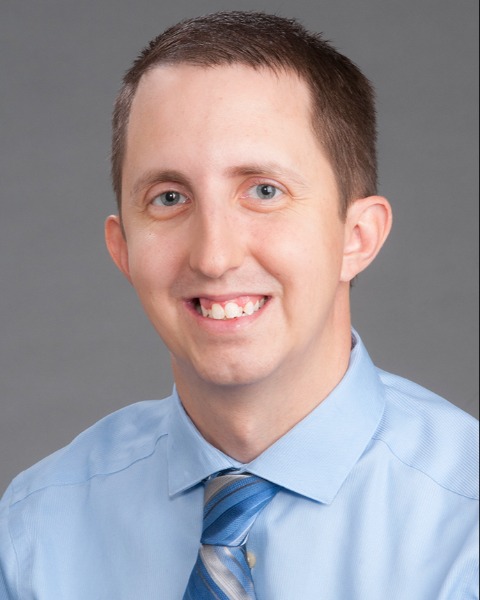Hypertension
Session: Hypertension
68 - Differences in Initial Patient Management Patterns between Advanced Practice Providers and Physicians in Youth Referred to Subspecialty Care for Hypertension Disorders
Sunday, May 5, 2024
3:30 PM - 6:00 PM ET
Poster Number: 68
Publication Number: 68.2182
Publication Number: 68.2182

John Laisure, MMS PA-C (he/him/his)
Physician Assistant, Pediatric Nephrology
Wake Forest Baptist Health - Brenner Children's Hospital
Winston Salem, North Carolina, United States
Presenting Author(s)
Background: APPs (physician assistants, nurse practitioners) are invaluable care providers for youth. Limited studies show that adult subspecialty physicians spend less time using the electronic health record (EHR) and have less clinic days compared to their APP colleagues. However, it's unknown if APPs’ management patterns differ compared to physicians in pediatric multidisciplinary subspecialty clinics.
Objective: Investigate if APPs are more likely to prescribe antihypertensive medication, refer to dietitians or weight management clinics at index visit to youth referred to hypertension (HTN) clinics.
Design/Methods: Cross-sectional analysis of baseline data from eight sites participating in the Study of the Epidemiology of Pediatric HTN (SUPERHERO) Registry that obtains EHR data retrospectively from youth referred to subspecialty HTN clinics and validates it with randomly selected manual record review. Inclusion criteria were index visit 1/1/2015–12/31/2022 for ICD-10 code-defined HTN disorder and age < 19 years; exclusion criteria were ICD-10 code-defined kidney failure on dialysis, kidney transplant, or pregnancy. Our exposure was APPs at index visit, and our outcomes were starting antihypertensive medications or referrals to a dietitian or weight management clinic. We excluded participants with unknown provider status. We used multivariable generalized linear models that included directed acyclic graph-informed adjustment sets (Figure 1).
Results: Of the 10,968 participants, 7,848 (72%) were included in the prescription analysis and 10,804 (99%) were included in the referral analyses. Compared to physicians, APPs appeared to be less likely to prescribe antihypertensive medications, but adjustment in the multivariable model nullified this apparent association (Table 1). APPs were 79% less likely to refer participants to a dietician (95% CL 0.13 to 0.33) but 53% more likely to refer to a weight management clinic (95% CL 1.08 to 2.16).
Conclusion(s): In a large multisite cohort of youth seen in multidisciplinary subspecialty HTN clinics for index visits, we observed provider-type differences in referrals. Future direction to further study these differences include: timing of follow-up visits with APPs differs with physicians, surveying patients and families about whether they perceive that lifestyle management counseling effectiveness differs between APPs and physicians. Utilizing APPs within pediatric subspecialties and understanding the differences in provided care compared to their physician colleagues is an increasingly important component of multidisciplinary health care to treat youth with HTN disorders.
table1.jpeg
figure1.jpeg
